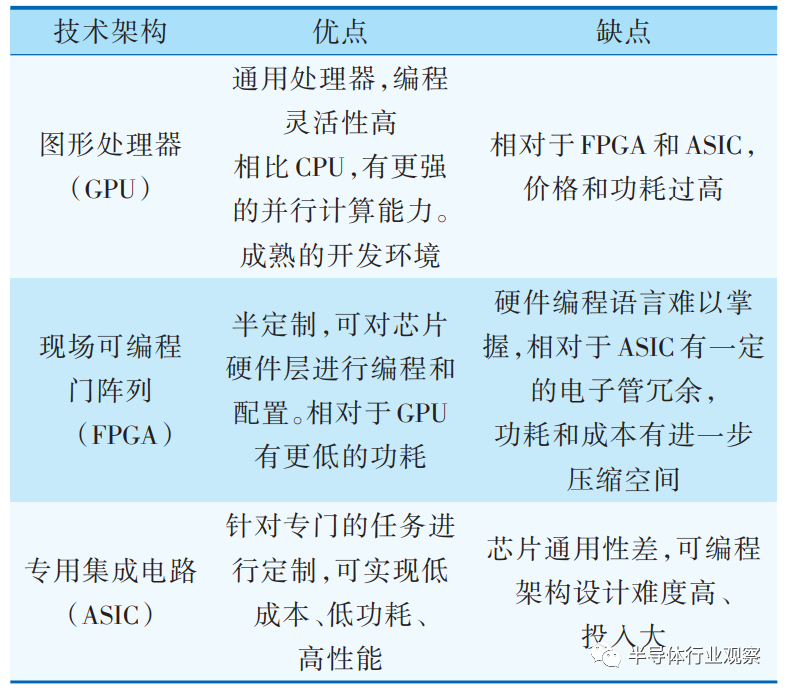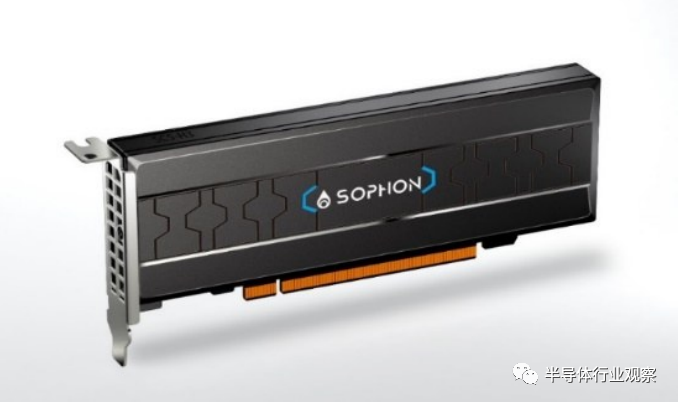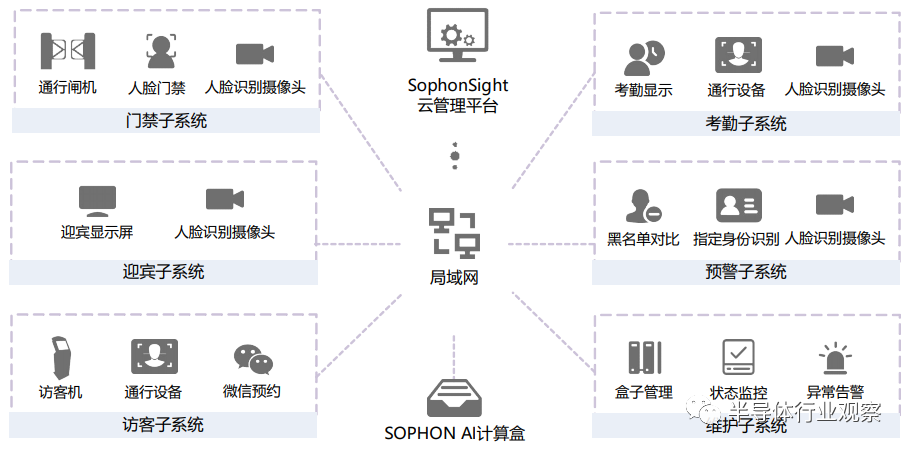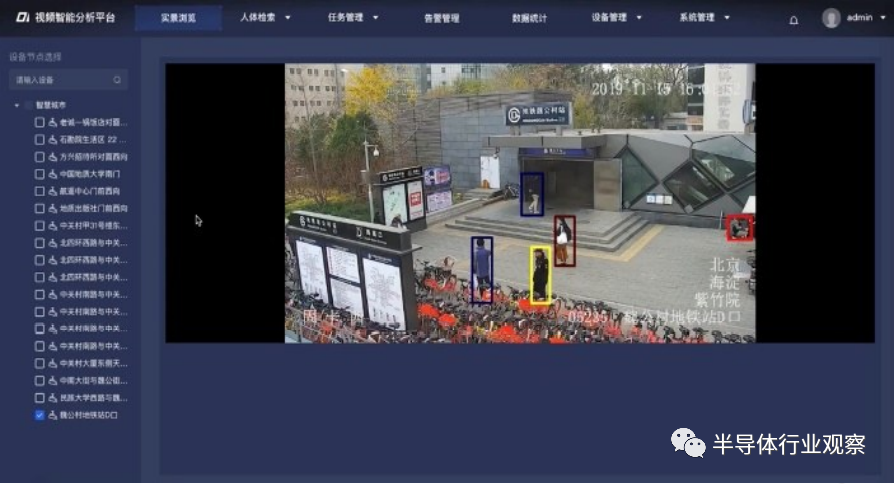AI芯片发展现状及前景分析

来源:专知
本文约3500字,建议阅读9分钟
本文对AI芯片的现状和未来可能的技术方向做了调研和分析。

(2)深度学习算法中参与计算的数据和模型参数很多,数据量庞大,导致内存带宽成为了整个系统的一个瓶颈“,Memory Wall”也是需要优化和突破的主要问题[13]。



参考文献:
[1] LECUN Y,BOTTOU L,BENGIO Y,et al. Gradient-based learning applied to document recognition[J]. Proceedings of the IEEE,1998,86( 11) : 2278-2324.
[2] KRIZHEVSKY A, SUTSKEVER I, HINTON G E. Imagenet classification with deep convolutional neural networks[C]// Proceedings of the 25th International Conference on Neural Information Processing Systems.ACM, 2012: 1097-1105.
[3] VINCENT P,LAROCHELLE H,BENGIO Y,et al. Extracting and composing robust features wi- h denoising autoencoders[C]// Proc of the 25th International Conference on Machine Learning. ACM Press,2008: 1096- 1103.
[4] VINCENT P,LAROCHELLE H,LAJOIE I,et al. Stacked denoising autoencoders: learning useful representations in a deep network with a local denoising criterion [J]. Journal of Machine Learning Research,2010,11( 12) : 3371-3408.
[5] 施羽暇 . 人工智能芯片技术研究[J]. 电信网技术, 2016, 12(12) : 11-13. SHI Y X. Research on artificial intelligence process chip technology[J]. Telecommunication network technology, 2016, 12(12) : 11-13.
[6] 清华大学 . 人工智能芯片技术白皮书 (2018)[R/OL]. (2018-12-11) [2010-01-20]. https://www.tsinghua.edu.cn/ publish/thunews/9659/2018/20181217102627644168087/ 20181217102627644168087_.html. Tsinghua University. 2018 White Paper on AI Chip Technologies[R/OL]. (2018-12-11)[2010-01-20]. https://www. tsinghua.edu.cn/publish/thunews/9659/2018/2018121710 2627644168087/20181217102627644168087_.html.
[7] BENGIO Y. Learning deep architectures for AI[J]. Foundations and Trends in Machine Learning,2009,2(1) : 1- 127.
[8] HINTON G E. Learning distributed representations of concepts[C]// Proc of the 8th Annual Conference of the Cognitive Science Society. 1986: 1-12.
[9] 尹首一, 郭珩, 魏少军 . 人工智能芯片发展的现状及 趋势[J]. 科技导报, 2018, 17: 45-51. YIN S Y, GUO H, WEI S J. Present situation and future trend of artificial intelligence chips[J]. Science & Technology Review, 2018, 17: 45-51.
[10] 汤炜伟 . AI 安防芯片的发展现状与前景分析[J]. 中 国安防, 2018, 7: 47-50. TANG W W. Analysis of the development and Prospect of AI security chip[J]. China Security&Protection, 2018, 7: 47-50.
[11] 尹首一 . 人工智能芯片概述[J]. 微纳电子与智能制 造, 2019, 2: 7-11. YIN S Y. Overview of artificial intelligence chip[J]. Micro/nano Electronics and Intelligent Manufacturing, 2019, 2: 7-11.
[12] 谭洪贺,余凯 . 端侧 AI 芯片的挑战和展望[J]. 人工智 能, 2018, 2: 113-121. TAN H H,YU K. The challenge and prospect of edge AI chip[J]. Artificial Intelligence, 2018, 2: 113-121.
[13] 邱赐云, 李礼, 张欢, 等 . 大数据时代——从冯 · 诺依 曼到计算存储融合[J]. 计算机科学, 2018, 45(2): 71- 75. QIU C Y, LI L, Z H, et al. Age of big data: from von neumann to computing storage fusion[J]. Computer Science, 2018, 45(2): 71-75.
[14] 赵正平 . 纳电子学与神经形态芯片的新进展[J]. 微纳 电子技术, 2018, 55(1): 1-5. ZHAO Z P. New progress of nanoelectronics and neuromorphic chips[J]. Micronanoelectronic Technology, 2018, 55(1): 1-5
